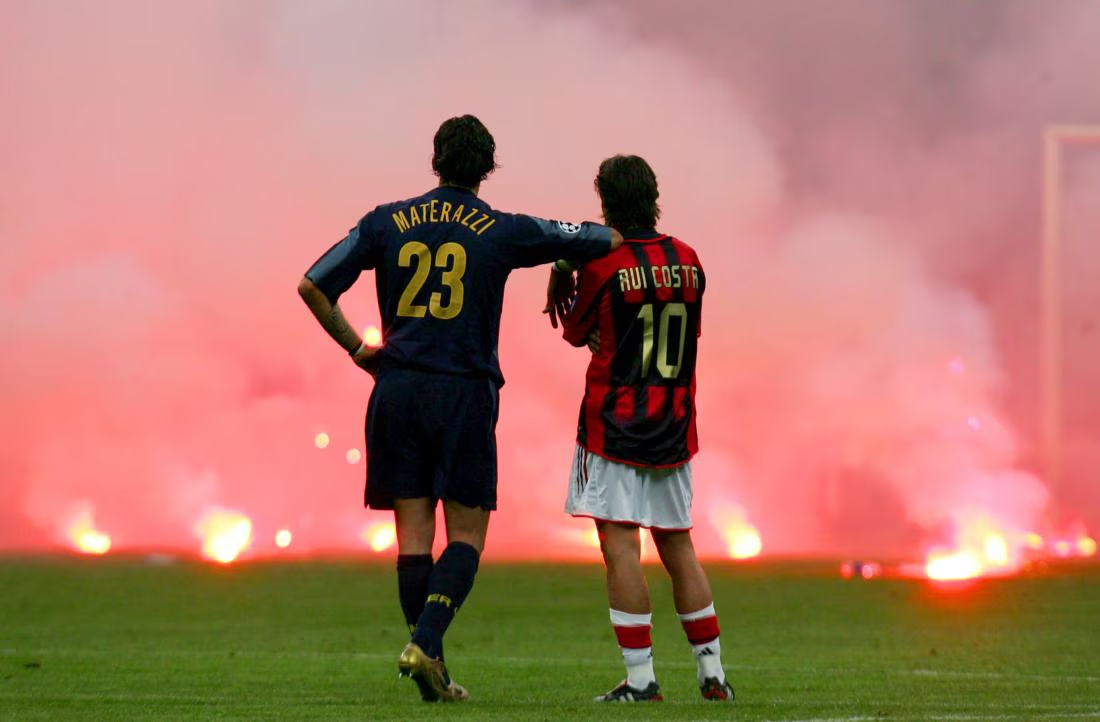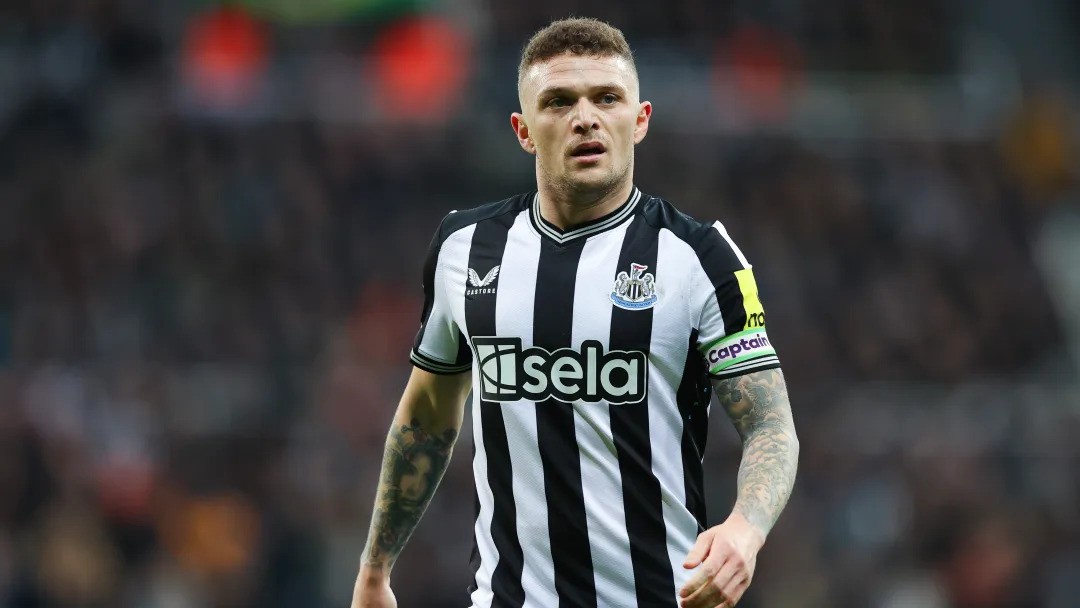Football Derbies : Defining Cities
The Passion of Local Rivalries

There’s football, and then there are derbies, games that feel heavier, louder, and far more personal. Every city has them: Manchester, London, Liverpool, Milan, Madrid, Buenos Aires. They’re not just fixtures, they’re declarations of loyalty. You don’t just support your team in a derby, you defend it, live it, and, for ninety minutes, despise the other half of your city.
Derbies cut deeper because they happen between neighbours. The same accents, the same streets, the same families, just divided by colour, home grounds and conviction. Even neutral fans feel the pull. And then there’s El Clásico, not technically a derby, but so massive it might as well be. Some matches decide titles, derbies define eras.
What makes derbies special is that they outgrow logic, and form has absolutely no significance, it collapses under emotion, league tables stop mattering, and history becomes the only context. You don’t need trophies to make a derby fierce,just memory. A controversial goal, a red card could lead to a decade of resentment. Derbies thrive on familiarity. Players live among the fans who judge them. You can’t hide after a poor result when you share the same cafés, the same buses. That’s why they sting longer and mean more. They’re not about winning a match, they’re about bragging rights, about proving something deeper: that your side of the city matters more, even if it’s until the next match.
It’s technically not a derby, but it carries more weight than most, if not all. Real Madrid vs. Barcelona is football’s grandest rivalry, a clash built on power, politics, and pride. Madrid represents tradition and dominance, Barcelona, defiance and identity. For decades, it has been more than a match, it’s been Spain’s split personality on display. On the pitch, it’s been a theatre of eras. The Messi–Ronaldo decade turned it into a global obsession, each meeting feeling like a heavyweight fight wrapped in artistry. Now, with new faces like Kylian Mbappe, Lamine Yamal, Jude Bellingham and Pedri and fresh storylines, the rivalry endures because its stakes never fade. El Clásico isn’t about city bragging rights; it’s about something bigger, the battle to define what Spanish football stands for.
In Madrid, the derby used to belong to one half of the city, the pure white half. Now, it belongs to the world. Real Madrid, the aristocrats of Europe, against Atlético Madrid, the working-class heartbeat. One built its empire on trophies and finesse; the other on sweat, defiance, and suffering. For years, Atlético lived in Madrid’s shadow, defined by what they couldn’t beat. Then came the Simeone era with aggression, unity, and belief. They closed the gap, they fought, they won La Liga, beating both Madrid and Barcelona to it and twice, they came within touching distance of rewriting history, of completely shifting the paradigm, only for Real to snatch the Champions League from them in 2014 in spectacularly iconic fashion, equalising in the 93rd minute and winning 4-1 by the end of extra time and again in 2016 through the lottery that is penalties. Few rivalries capture football’s emotional cruelty like this one. The Madrid Derby is proof that even when two clubs share a city, they can live in completely different worlds.
If football had a pulse, it would most likely beat inside Buenos Aires. Boca Juniors vs. River Plate isn’t just Argentina’s biggest fixture, it’s an experience that consumes the city. Two clubs separated by class, culture, and belief: Boca, the people’s team born from the working-class neighbourhood of La Boca; River, the self-styled aristocrats once nicknamed Los Millonarios.
When they meet, everything stops. The streets go silent, then erupt into a sea of emotion. La Bombonera and Estadio Monumental shake under the weight of noise and colour drums, smoke, flares, madness. Form doesn’t exist here and tactics dissolve in emotion. And when they met in the 2018 Copa Libertadores final, a continental decider between eternal enemies, it wasn’t just football. It was history, chaos, and obsession condensed into two legs. No rivalry captures football’s passion, unpredictability, and danger like this one. In Buenos Aires, football isn’t entertainment, it’s identity at its loudest.
No country lives and loves derbies quite like England. Every region has one, each with its own flavour and tone. The London Derbies, Arsenal vs Spurs, Chelsea vs Arsenal, Chelsea vs Spurs, are fire and friction, style clashing with swagger. The Manchester Derby is a story of old power and new money, heritage versus ambition. Liverpool and Everton share streets, families, even pubs, yet the ninety minutes between them split the city in two. Derbies in England mix tradition with theatre. They’re fierce but familiar, fuelled by history, passed down through generations. No matter the competition or context, the emotion never fades. These aren’t just fixtures; they’re fixtures of identity. Win, and you own the week. Lose, and it lingers far longer than it should.
Few countries do intensity like Italy. The Milan Derby, ‘Derby della Madonnina’ is class and glamour meeting in one city, one stadium. Red and black against blue and black, legends on both sides, sharing the San Siro but never the spotlight. Then there’s Rome, ‘Derby della Capitale’, louder, nastier, and purely emotional. Roma vs. Lazio is chaos wrapped in art, the kind of rivalry that burns through generations. Italian derbies blend passion with poetry. The noise, the colours, the choreography, everything feels personal. They’re not just about football but about identity, pride, and belonging. When the ultras light up the stands, it’s not just a spectacle; it’s a statement. In Italy, derbies aren’t played, they’re performed.
Once, derbies belonged to cities. Now, they belong to everyone. Fans in Lagos, Jakarta, and New York argue about El Clásico and the North London Derby like locals. Social media has globalised tribalism, every controversial call, every tackle, every meme travels within seconds. The emotion hasn’t diluted, it has multiplied. New rivalries have emerged too. Dortmund vs. Bayern has become Germany’s modern war; PSG vs. Marseille splits France in two. The internet keeps them alive all year with clips, debates and nostalgia. A derby’s reach no longer ends at the city limits; it circles the globe.
Derbies are football stripped to its rawest form, pride, loyalty, and emotion colliding under pressure. They remind fans why the game matters beyond points or trophies. Every tackle feels personal, every goal symbolic. These rivalries hold a mirror to the sport and to the people who love it, tribal, flawed, passionate, and endlessly devoted. In the end, tactics fade, form changes, but derbies? They never lose their edge.







